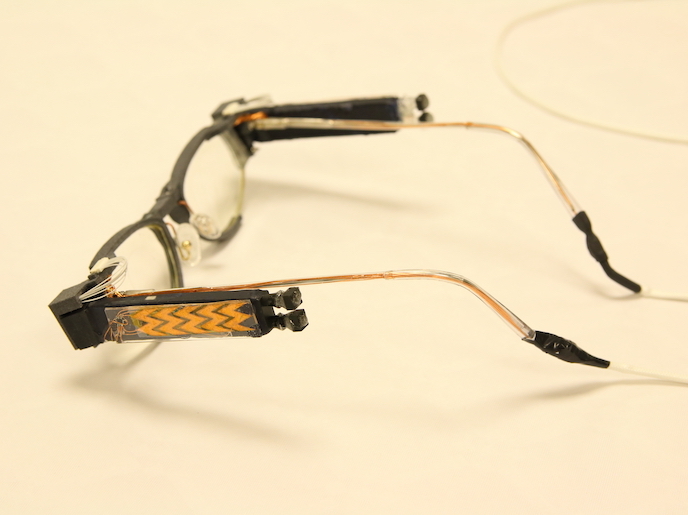Deep-sea ecosystems explored
The purpose of the project HERMIONE(opens in new window) (Hotspot ecosystem research and man's impact on European seas) was to gain a better understanding of how ecosystems function at critical sites on Europe's deep ocean margins. Under the auspices of HERMIONE, an interdisciplinary team of scientists studied the natural dynamics, distribution and interconnected nature of the ecosystems and how they contribute to people's way of life and the local economy. Researchers investigated a wide range of highly vulnerable deep-sea habitats to determine how they are affected by climate change and human activities such as fishing, resource extraction, seabed installations and pollution. A series of sophisticated experiments were set up, including the long-term monitoring of sensitive environments. Results showed that CWCs in the North Atlantic have responded to warming climates since the last ice age by migrating further north. Computer model scenarios revealed that deep-water corals may carry out significant carbon cycling by inducing the transfer of fresh organic matter from the surface to the coral mound. CWCs in the Mediterranean were found to be at the extreme edge of their range, and there is a danger that increased warming will reduce their abundance. Marine litter was discovered in all the habitats studied, including around the Arctic; however, it was most prevalent in the deepest regions of the Mediterranean. Detailed surveys of the coast of north-east Spain indicated that bottom trawling has a major impact on the seabed by smoothing the topography and redistributing the unconsolidated surface sediment. This has led to sediments entering deeper unfished areas and smothering the existing seabed organisms; hence, the area impacted by fishing is much greater than the area actually fished. Researchers also found that microbial communities, populations of echinoderms in the North Atlantic and deep-water sharks in the Mediterranean Sea show distinct differences to populations in neighbouring areas. These findings are extremely important for fishery management and conservation, particularly in intensively exploited regions such as the Mediterranean. The project has also provided a better understanding of the complex relationships between the eukaryotic, prokaryotic and virus kingdoms, which greatly influence the adaptation of many deep-sea invertebrates through biological interaction. Scientists can now demonstrate the feedback influence of gene expression between invertebrates and bacteria. They have also mapped hundreds of thousands of genes expressed in response to various environmental stressors such as hypoxia, high sulphur concentrations and immunologic reactions. HERMIONE results are being used within the European Commission in the debate on revision of the Common Fisheries Policy and at the United Nations (UN) with regard to the impacts of bottom trawling. They have also been used to identify ecologically or biologically significant marine areas, such as the whole of the Hatton Rockall Bank and Basin in the north-east Atlantic Ocean. Thus, the knowledge gained through this project will contribute to EU environmental policies and help create effective management plans for protecting the marine environment and the natural treasures it contains.







